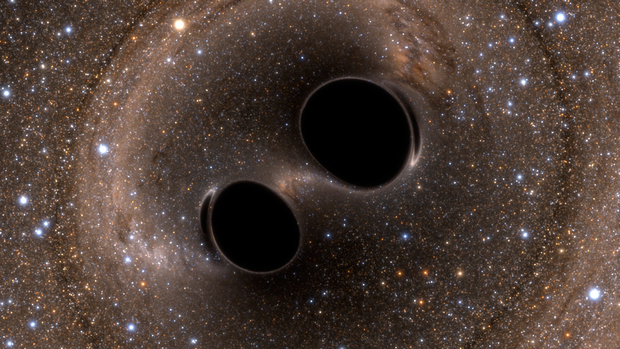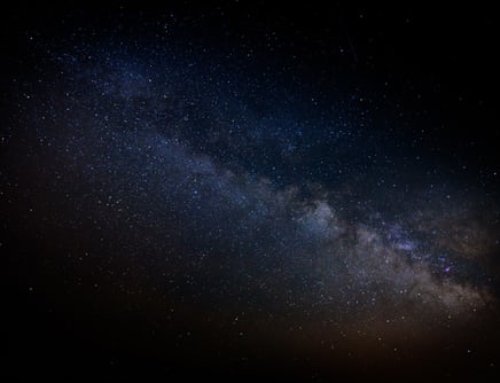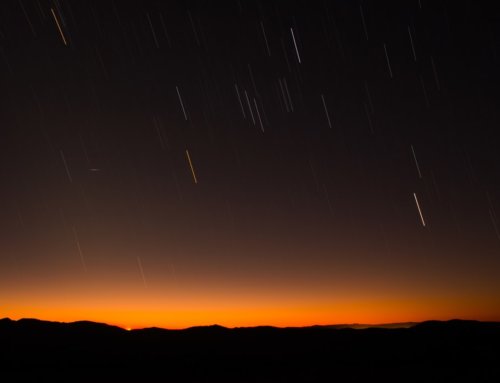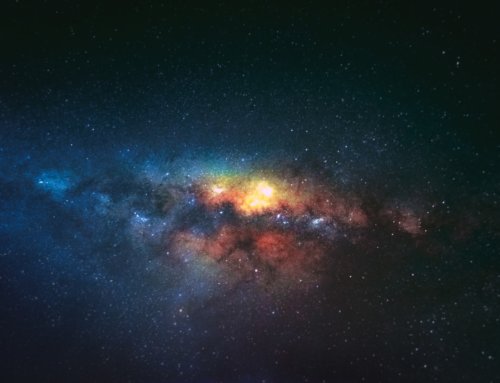Just a few days ago scientists have begun using some heavy machinery in an attempt to detect ripples known as gravitational waves. On April 1st, three machines were turned on. These were the Laser Interferometer Gravitational Wave Observatories in Louisiana and Washington, and the Virgo Interferometer in Italy. All of these facilities had recent upgrades that have improved their ability to detect these ripples.
These giant machines are able to discover these waves due to a combination of mirrors and lasers. The facilities are designed in an “L” with “arms” that run for several miles. Gravitational waves are notoriously difficult to detect. They only give off the faintest of signals. These signals are typically faint ripples along the laser’s path as it bounces from mirror to mirror. These waves are essentially ripples such as extreme cosmic events in the universe.
LIGO, the twin facilities in the U.S., has increased its sensitivity towards gravitational waves by close to 40%. In turn, Virgo has also almost doubled its own ability to detect these waves. Scientists can use these machines to inform themselves of extreme cosmic events. These include the merging of black holes or the collision of stars. Scientists will eventually get to the point where they’ll be able to accurately measure the origins of these cosmic events.
The three machines can also act in coordination to help triangulate where the gravitational wave originated. In prior runs, LIGO was able to detect the cosmic activity up to 360 million light years from the Earth. Since the program has started in 2015, these three facilities have been able to discover the occurrence of eleven extreme cosmic events.
These eleven events included one neutron star collision and ten black hole mergers. The first black hole merger was observed on September 14th, 2015. The neutron star collision was so massive it was even detectable by people using telescopes across the globe.
The upgrades allow these facilities to detect events occurring up to 550 million light years away. Scientists are excited at the prospect to observe new ripples across the universe.
In order to achieve this, LIGO received $34 million in upgrades. Researchers expect these advancements to start allowing these facilities to detect events on a weekly or even daily basis. The more they discover, the more we’ll be able to understand the way our universe functions.






